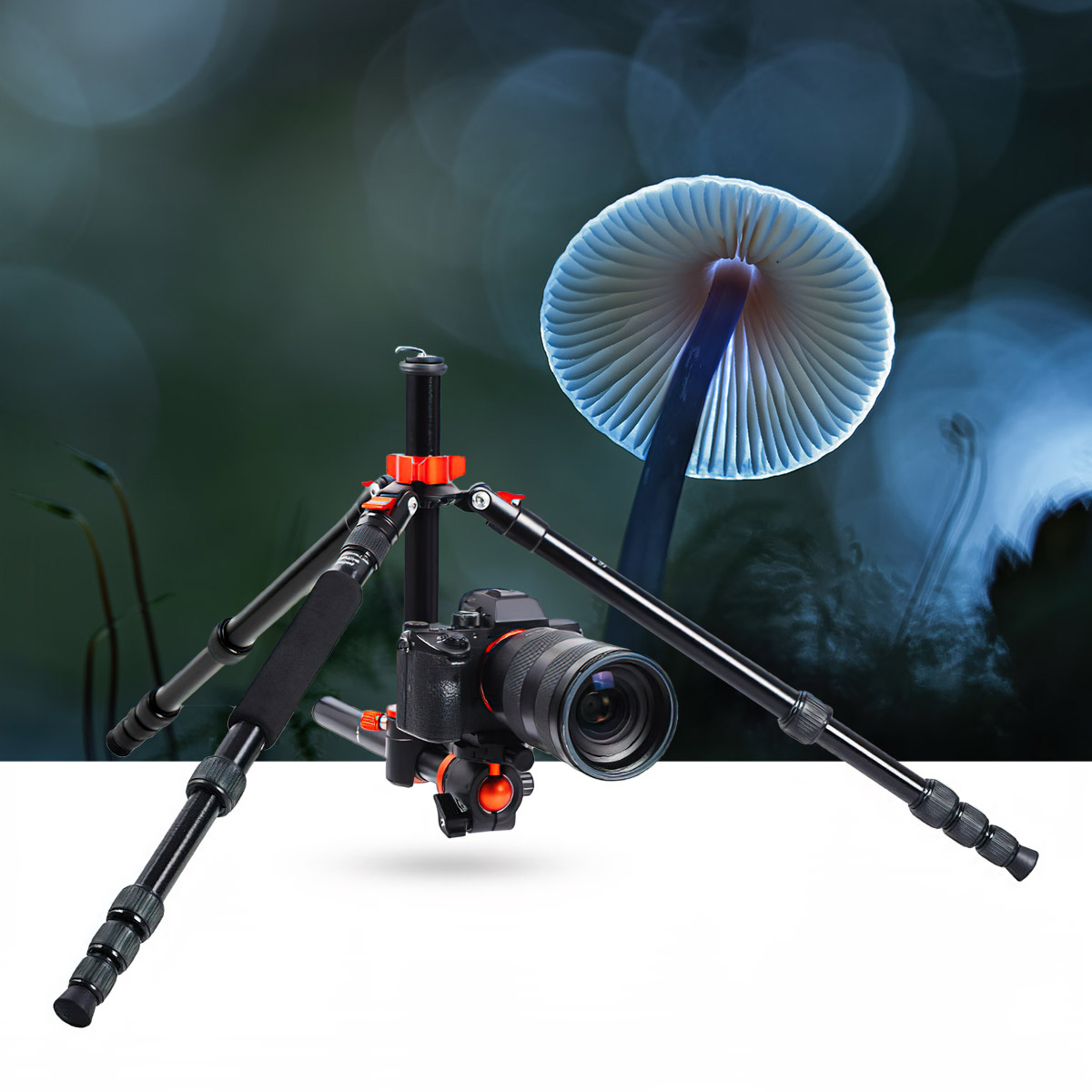K and F Concept Horizontal Tripod
When K&F Concept sent me this tripod to test and review I thought it was an interesting proposition, with plenty of features at a crazy price point. But would it meet my demanding expectations? Read on to find out…..
Features
First a few features. The model I am using is the 170cm, and it is available in different heights. In aluminium it weighs in at 1.6kg, surprisingly light with the ball head. Weight capacity for the legs and head is 10kg.
Legs are 5 section with twist locks which I much prefer for speed of use, and the legs reverse fold over the centre column to a mere 43cm in the supplied well padded bag.
Legs will lock at 3 angles and the shoulders have a standard Allan Key bolt should they need to be tightened. One leg will also detach to use as a monopod.
The ball head is strong, fluid, and the camera plate is Arca Swiss compatible which I find is essential to allow other accessories such as L Brackets.
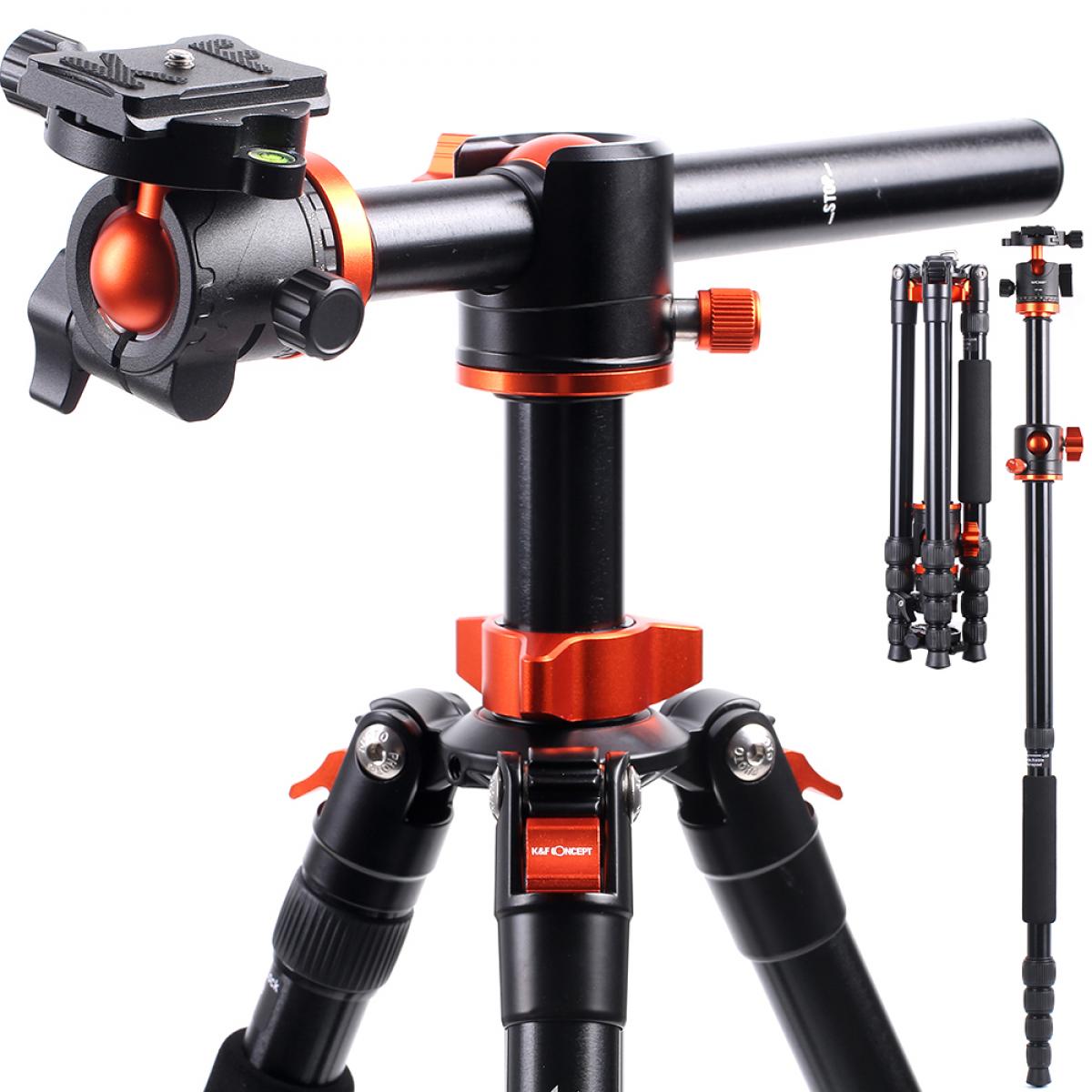
Horizontal Arm
What makes this different is the horizontal arm which cleverly is housed inside the centre column. Unlock the lever, pull it up, rotate 90° and slide back, and you’re good to go.
What makes the arm unique is being hosed inside the centre column, which means extra height is still available.
“Simply reverse the column to get really low”
To get really low down, for macro for instance, simply reverse the centre column. It is very fast and easy.
Unlike a couple of other brands which also have a centre column which will flip to horizontal, the K&F system means the height is only dictated by the sideways height of the ball head, and height can still be adjusted by the centre column if you decide you want to be up by a few inches.
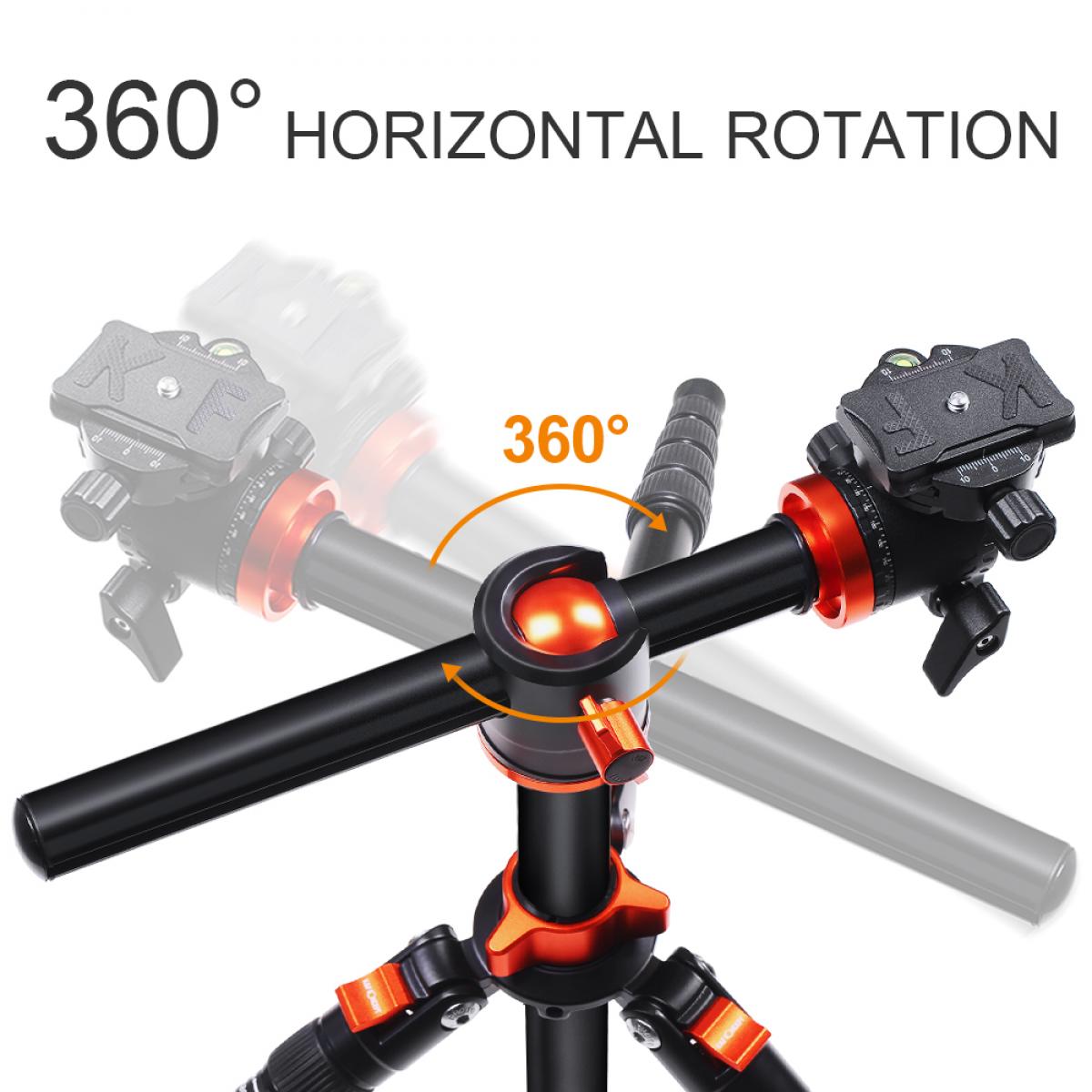
Real World Experiences
Those are the main features, but how would it perform out on location, and compared to the tripods I usually use, my Gitzo and Benro heavy duty tripods….
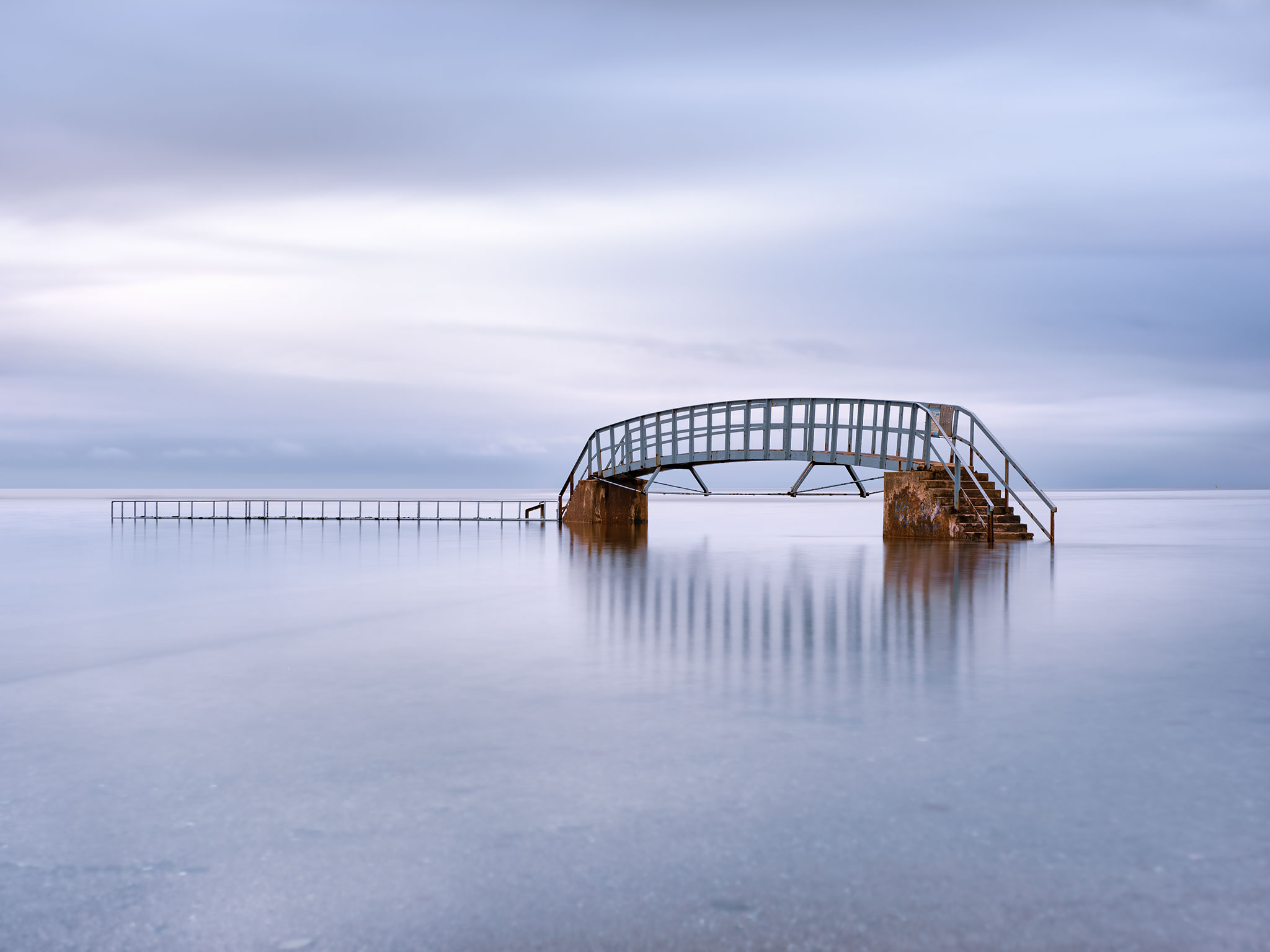
Bridge to Nowhere – Dunbar, Scotland
Travelling up to Belhaven Bridge on Dunbar beach in Scotland, I decided to give the tripod a test here, just to see how it would perform with long exposures.
Belhaven Bridge gets the name “The Bridge to Nowhere” because of how an incoming tide surrounds it. Constucted to give access over a shallow sea channel to the beach, at high tide it really does appear to go nowhere.
The test was how stable would the tripod be for a very long 4 minute exposure, on soft wet sand. Standing a tripod on wet sand is not really a fair test of stability because sand moves no matter how good a tripod is, but I wanted to try.
The test was how stable would the tripod be for a very long 4 minute exposure, on soft wet sand.
There was only a very light breeze, so again testing for vibration from wind was not on the agenda, but breezes can still introduce vibration. It was also a test to see just how stable the ball head was.
You can see from the final image there were no issues here at all. The tripod was used in the standard way, legs at the standard angle, and with using a standard 27-70mm lens which is not overly long, there was not a great deal to challenge how strong the ball head is, of if there would be any creep.
I did have a filter holder and ND on the lens adding to the weight, but as this is pretty much what most people would use, if there were any issues it would have been a big deal.
If a tripod cannot perform well in a situation like this, even if it was a 4 minute exposure, it really isn’t fit to be used.
That was the first test, and although I was not expecting any issues I was relieved to say there were none. If a tripod cannot perform well in a situation like this, even if it was a 4 minute exposure, it really isn’t fit to be used.


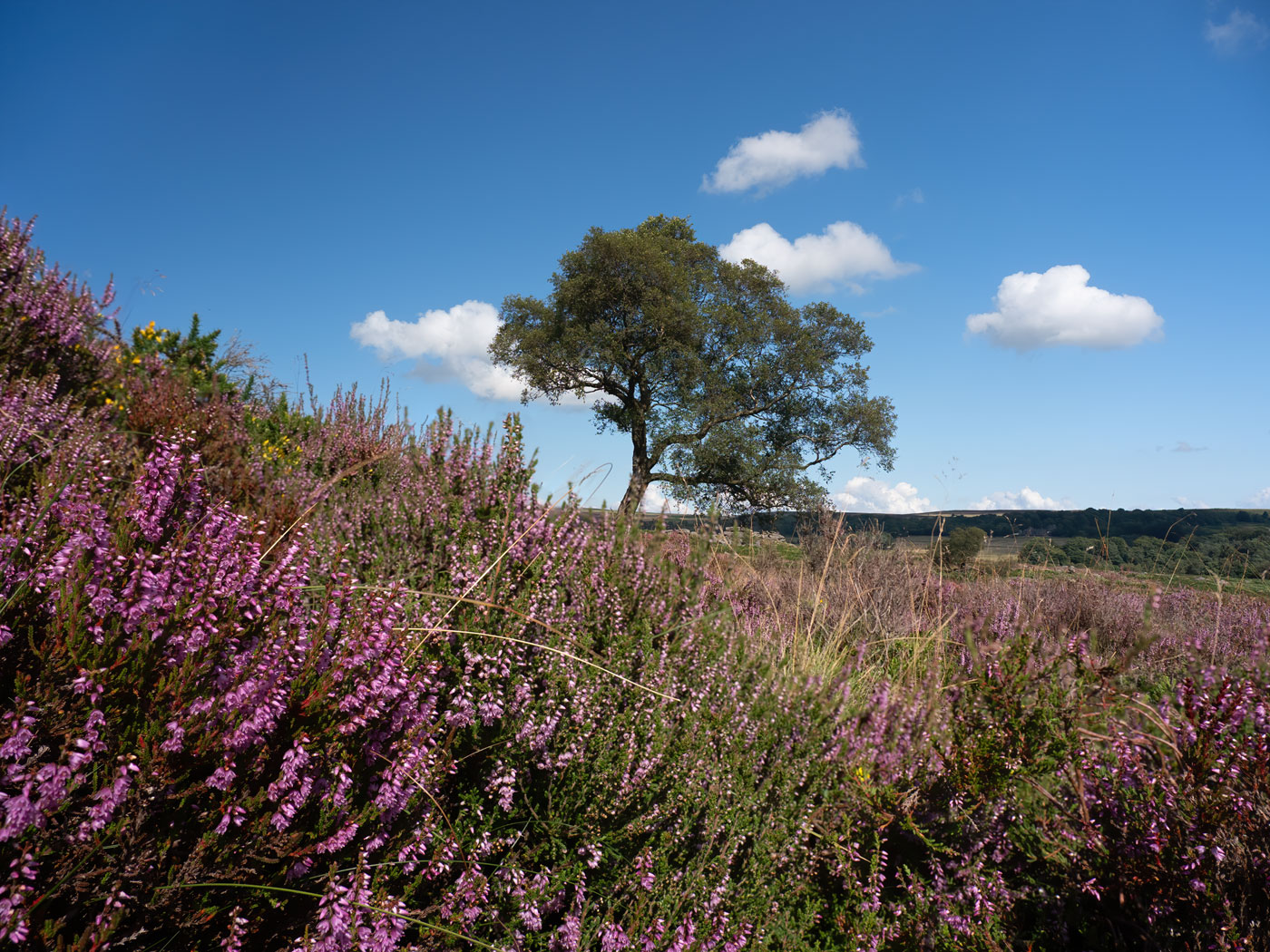
Lone Tree – Peak District
Not intending to be a prize winning image, it was simply a test using the horizontal arm and shooting a very low perspective.
This tree in the Peak District has a wonderful shape to it and I took a number of shots from a higher viewpoint.
There are other tripods that have a centre column that will rotate to a horizontal arm, with legs that splay right out to get very low. it can be hard to get the camera level when the ground is uneven, and the vertical adjustment of the ball head is at the maximum 90° the only way is to adjust the angle of the legs to increase height, to get more free movement on the ball head angle.
When the ground is uneven it can be hard to get the camera level..
Having an arm that is suspended under the tripod solves the problem of uneven ground, only 3 feet make contact thus eliminating any lumps and bums. It makes it more stable and also allows for vertical height adjustment if needed without disturbing the whole setup.
Having an arm that will extend also allows the camera to be positioned away from the legs for a clear view of the back of the camera.
All in all it is a very good way of being able to get a very low viewpoint, ideal for getting close to foreground elements and for macro. It does mean having to reverse the centre column, but that is a simple enough task.
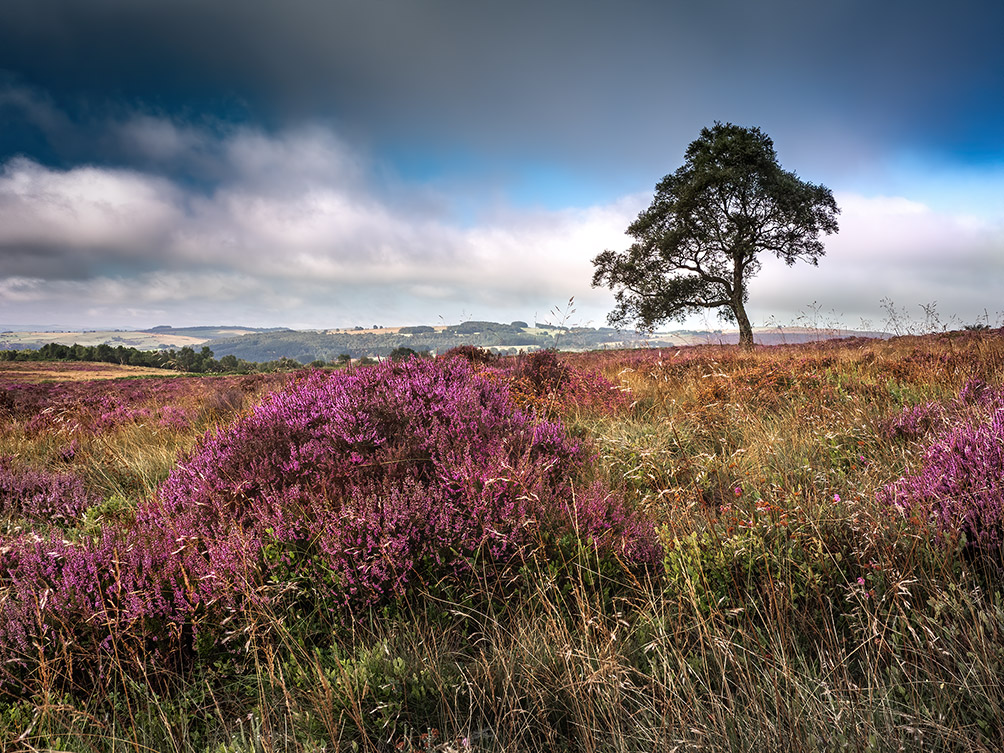



Shrooms in the woods
A project I started last year (2020) during the Covid-19 travel restrictions was shooting Shrooms (mushrooms, or fungi to be precise). My approach wasn’t just macro, it had to be different, using external illumination and background bokeh for interesting highlights. Without this they are just macro images, and it’s the creative experimentation I enjoy. View the ‘Shrooms’ Gallery for more images.
So I went out to test the K & F tripod, it’s actually a little early in the season and none of the porcelain fungi are out yet. I like to illuminate them from above so they look like they are glowing, but the fungi in these images are a little too dense, but it was still a great chance to test how flexible the tripod is.
The process involves lots of focus bracketed images for the main shot, then another set with illumination, then blending the two sets together so I can control the illumination. This means the tripod has to be rock solid with no movement.
Using the horizontal arm I was able to get very low…..
Using the horizontal arm I was able to get very low, for one shot with the arm actually on the ground. With the centre column I was able to adjust the height quickly and easily, and also rotate it to whatever position I needed to clear the legs. Just to the left a large root was in the way which would have been a real obstacle using a tripod with the legs splayed fully out to lay flat, but I was able to simply span over it with this tripod.


To show how flexible this setup is, for this image I added a NiSi Macro Focussing Rail to give even more fine adjustments.
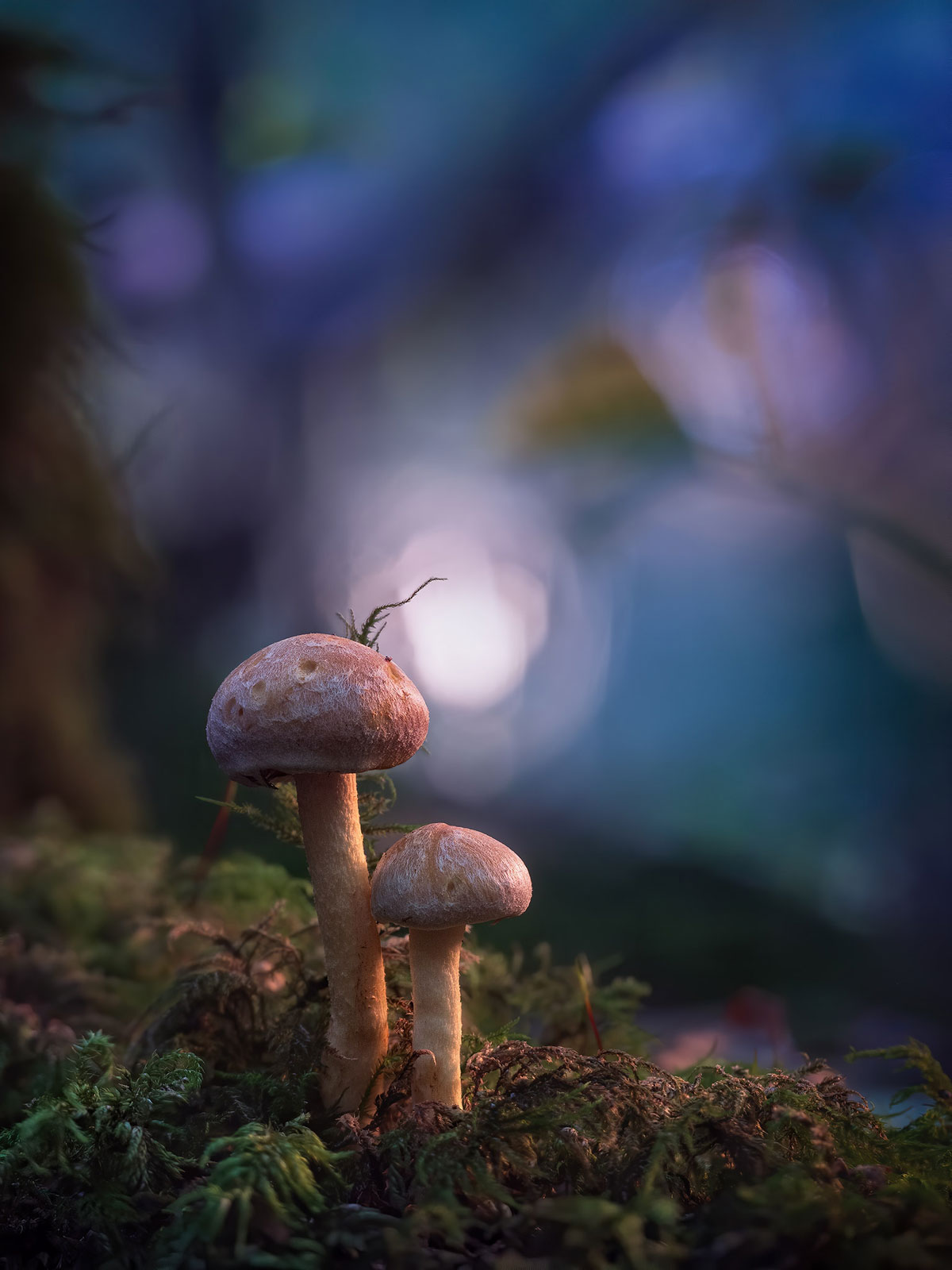
Summary
So just how good is the K & F Horizontal tripod? Are there any better, and is it value for money?
It is very good, full of features and at a price point that is such good value it is incredible.At the time of writing K & F are running promotions and the 170cm tripod is £67. That is half the price of a good quality ball head, and they include one with it, plus a very well made padded case. Even at the full price of £123 it is good value.
- 170cm and folds down to 43cm. 10kg payload
- Ball head and storage case included
Twist lock legs for fast use
Price point. Very very good value
- Useful horizontal arm for low viewpoint
Threaded rubber feet can be replaced with spikes
There are some negatives, but minor. I do not like the ball head lever, preferring round knobs, after having bad experiences with Manfrotto ball-heads constantly catching the lever with a sleeve or jacket and finding it untighten my precious camera. But the lever is small so it should not be an issue.
And I do not like the rubber feet, they seem to be very soft rubber and have too much flex in them which could lead to movement. Unlikely, but the feet do screw in which is another benefit because they can be replaced with harder rubber, or in my case spikes, which I prefer.
Thank’s for looking and I hope you found it useful, please feel free to leave a comment and let me know. For information on K & F products please check the links below, and why not follow me on Social Media…
Phil


